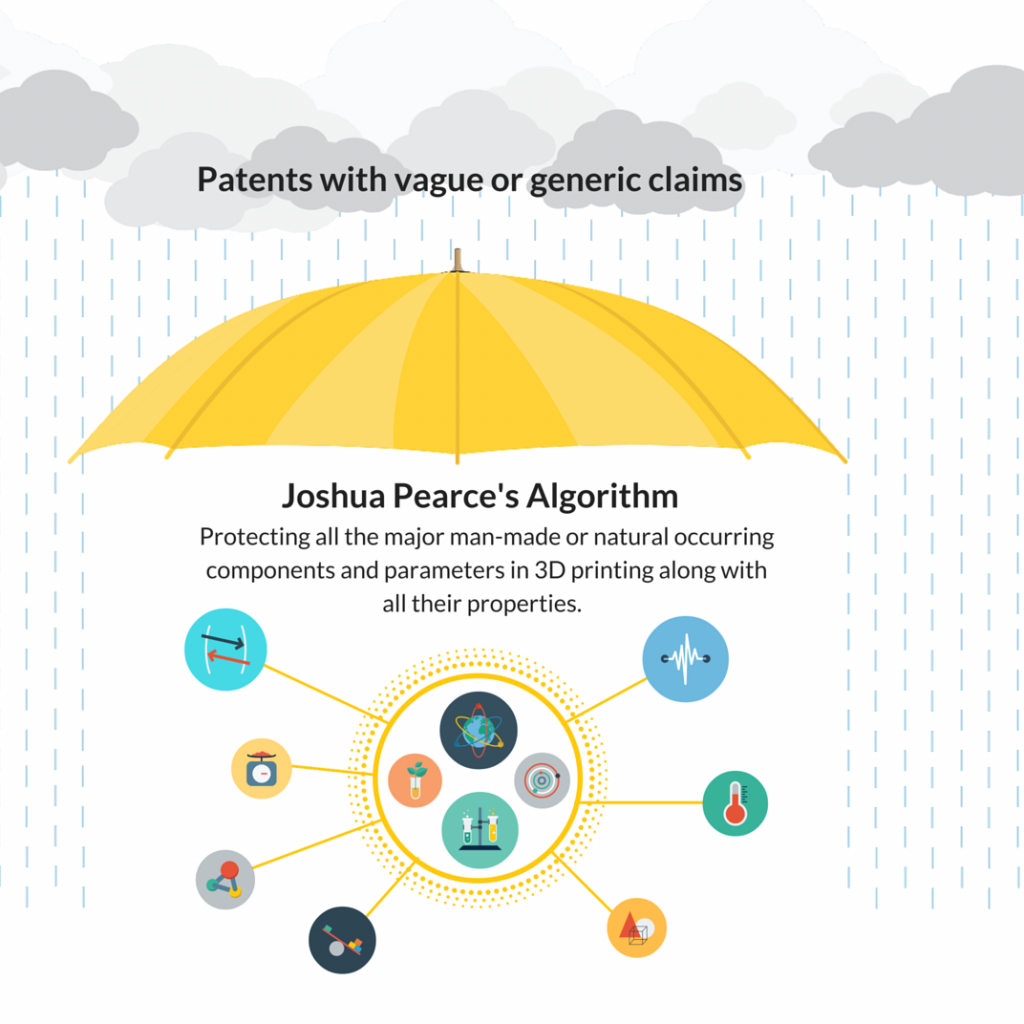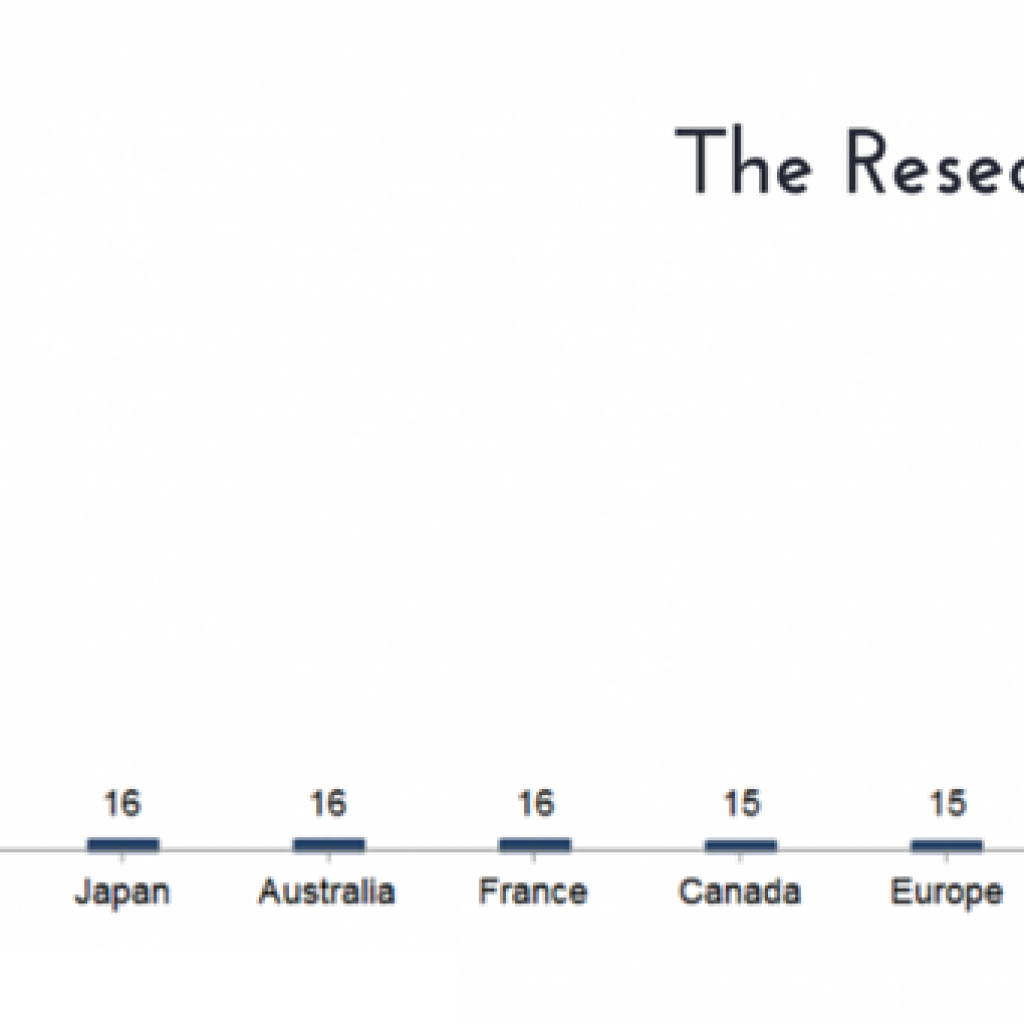Earlier, we discussed how DARPA makes sure that it indulges in breakthrough innovation and not in the incremental one, and the different processes DARPA follows to create and manage breakthrough innovation.
Today, we will discuss another invaluable tool at DARPA’s disposal that it uses for refining and selecting world-changing ideas. The name of the tool that I’m discussing is Heilmeier Catechism. It is developed by Dr. George Heilmeier when he was director of ARPA in the mid-1970s.
Dr. Heilmeier developed a set of nine questions which a program director used for reviewing and funding new projects and proposals. Since then, it has become a standard procedure at DARPA and is deep-rooted in its culture.
Not only at DARPA, but Dr. Heilmeier also used the Catechism as a management tool throughout his career. Inspired by his success at translating research into a commercially viable product, the Catechism has been followed across the industry.
Here are the nine questions pre-project checklist of Heilmeier Catechism:
The Heilmeier Catechism
- What are you trying to do? Articulate your objectives using absolutely no jargon.
- How is it done today, and what are the limits of current practice?
- What’s new in your approach and why do you think it will be successful?
- Who cares? If you’re successful, what difference will it make?
- What are the risks and the payoffs?
- How much will it cost?
- What are the midterm and final “exams” to check for success?
During the tenure of Dr. Heilmeier, DARPA worked on technologies that were elegant in their simplicity. To give you an example, one of the themes DARPA worked was to develop an aircraft with stealth technology. Rather than using the word ‘stealth’ they describe the project theme as developing a technology to create an invisible aircraft.
Another such example is the use of term making Earth Transparent. This was a military technology that DARPA was working on, to detect the military bases under the earth’s surface.
In essence, the Catechism provides a framework to think about a possible program. While following the Catechism, it becomes easy for directors at DARPA to figure out that an idea put forward is a breakthrough, and is feasible.









